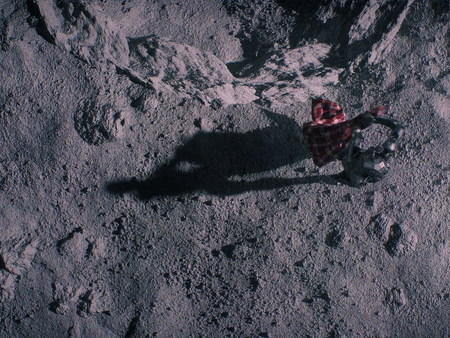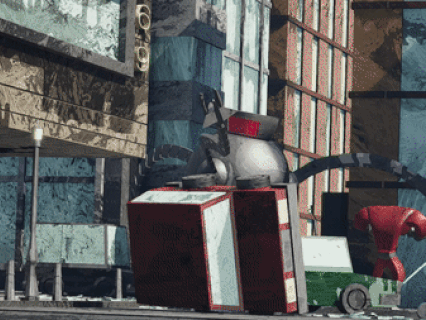The Louisiana Civil Rights Museum's "Dreamcube" is an interactive experience, leveraging projection mapping and motion detection technologies, all powered by Unreal Engine 5.1
The experience allows you to step into the world of Civil Rights protestors, as they walk the longest civil rights march in history, or enter desegregated elementary schools amidst fierce protest and disapproval. Every individual had a story, a purpose, and a dream of justice and equality for the Black community. The cube allows you to walk up to an individual in the crowd, and hear from their story firsthand.
The Cube covers two different stories. One, of the historic 1967 liberation marches, and two, the protests of the very first school desegregations. It allows you to speak to multiple historical figures, including AZ Young, Barbara Collins Hicks, and the New Orleans Four; Leona Tate, Gail Etienne, Tessie Prevost, and Ruby Bridges.
The experience allows you to step into the world of Civil Rights protestors, as they walk the longest civil rights march in history, or enter desegregated elementary schools amidst fierce protest and disapproval. Every individual had a story, a purpose, and a dream of justice and equality for the Black community. The cube allows you to walk up to an individual in the crowd, and hear from their story firsthand.
The Cube covers two different stories. One, of the historic 1967 liberation marches, and two, the protests of the very first school desegregations. It allows you to speak to multiple historical figures, including AZ Young, Barbara Collins Hicks, and the New Orleans Four; Leona Tate, Gail Etienne, Tessie Prevost, and Ruby Bridges.

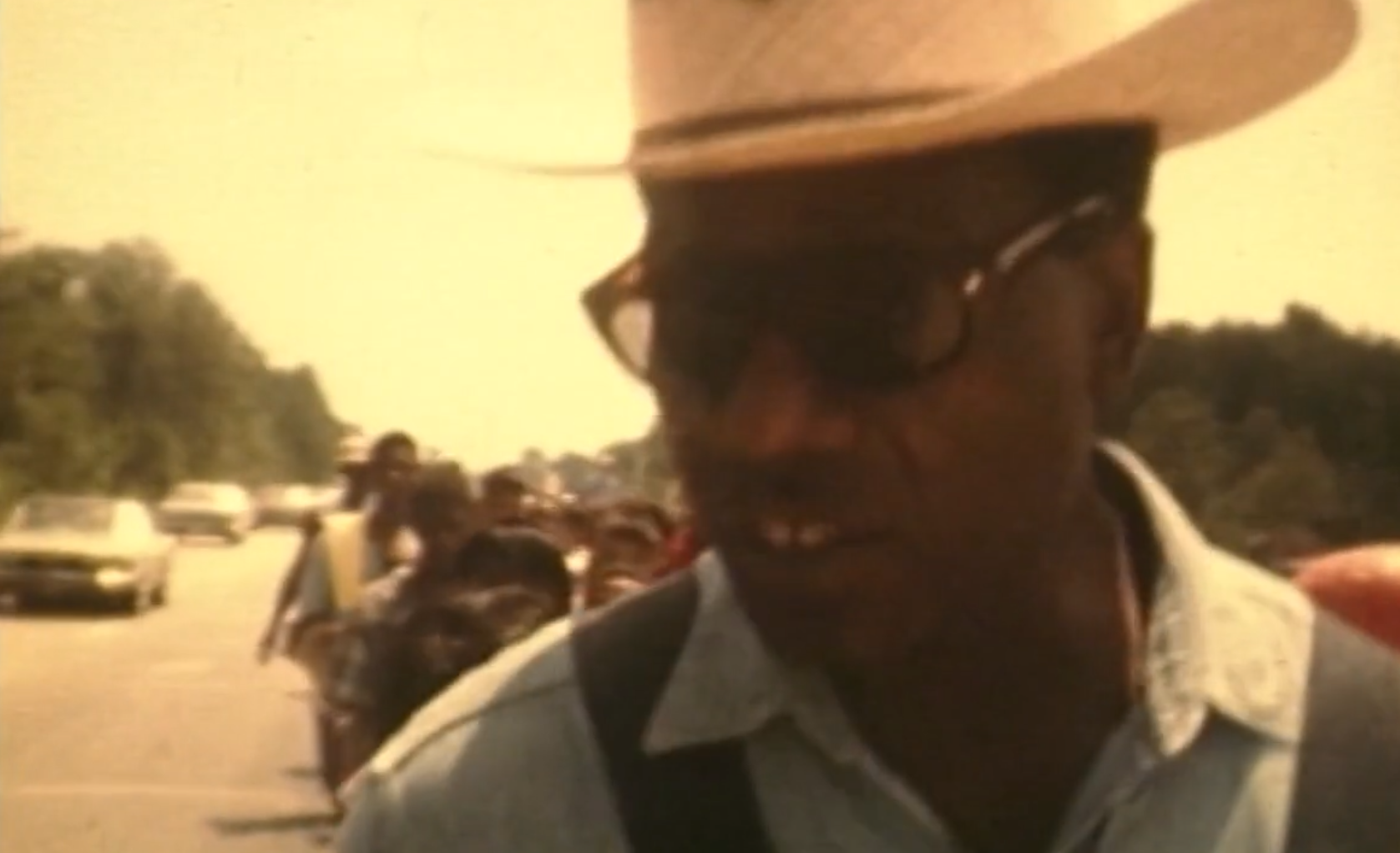

To start off the project, during bidding I was responsible for pre-visualization of the march level. We dug up reference video from the actual Liberation marches, as well as news clips from the Mcdonough Elementary desegregation, and found a few things to work off. I blocked out the march, and brought in some Metahuman characters to use as placeholders for the marchers. We clothed these as period-appropriate as we could, and came up with a solid base for the march.
Moving forward, after being awarded the project, we began working on the look and feel. I played around with a few post-process materials, and created a couple of blueprints with different effects. We were going for a stylized, hand drawn/painted on look to the entire render. After a couple of iterations of post-process, we realized creating a material specifically for this would give us more flexibility. I created a brushstroke texture in substance designer, with different variations packed into the channels, and we used this throughout the rest of the project to power a multitude of materials.


After nailing down the look, and establishing a base for the materials we'd be creating, I was then moved onto my final task in the project, rigging.
I worked hand-in-hand with my supervisor Joe Grundfast, to get every single character in the project rigged properly. Since we were using Metahumans rigs as a base for our characters, I had to export every character's facial rig, and body rig from Unreal, process them in Maya, and send them over to Joe for clothing. When finished, Joe sent me back the clothed models, I brought them back into Maya and re-skinned/painted weights, then finally exported back to Unreal. The result was 19 individual characters, fully clothed and rigged, ready to receive mocap animation.
I worked hand-in-hand with my supervisor Joe Grundfast, to get every single character in the project rigged properly. Since we were using Metahumans rigs as a base for our characters, I had to export every character's facial rig, and body rig from Unreal, process them in Maya, and send them over to Joe for clothing. When finished, Joe sent me back the clothed models, I brought them back into Maya and re-skinned/painted weights, then finally exported back to Unreal. The result was 19 individual characters, fully clothed and rigged, ready to receive mocap animation.
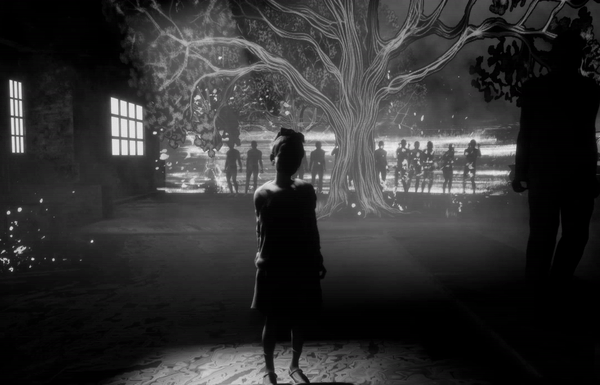
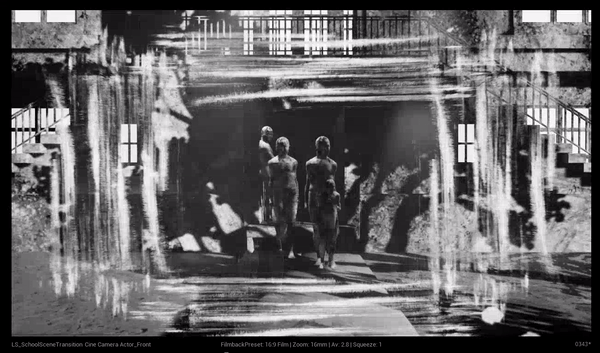
We were awarded the project on August 25th, and our deadline was hard-set on September 25th. At the time of award, I was the only artist working on the project, and it took a few days to find some talent. Our team consisted of Kyle Frost, a game designer from TheClassifiedX, and Sam Goldwater, a film director and graduate of the Unreal Worldbuilding fellowship. Kyle took charge of handling interactions, while Sam covered scene setup, mocap, textures, and environment. I took on handling previz, textures, rigging and plugin consultation, and Joe provided modeling and character textures. We couldn't have asked for a better group. As a team of 4 artists, along with supervision and production, we were able to complete this project in a mad dash 30 days time.



